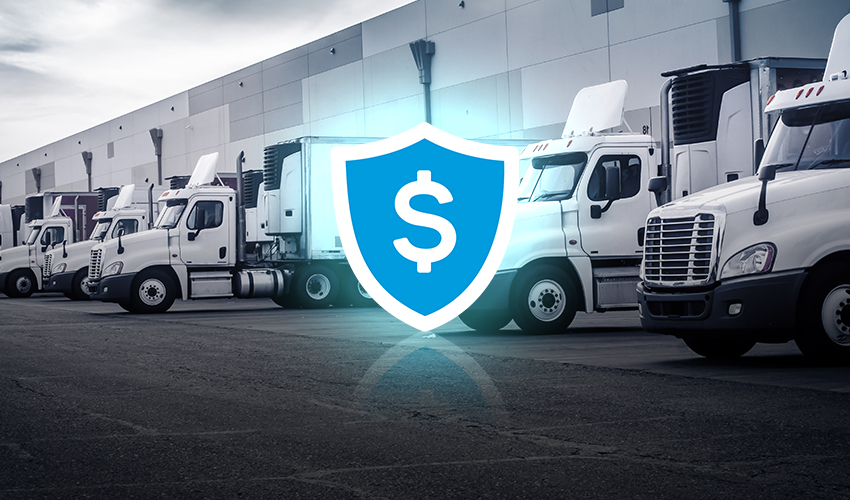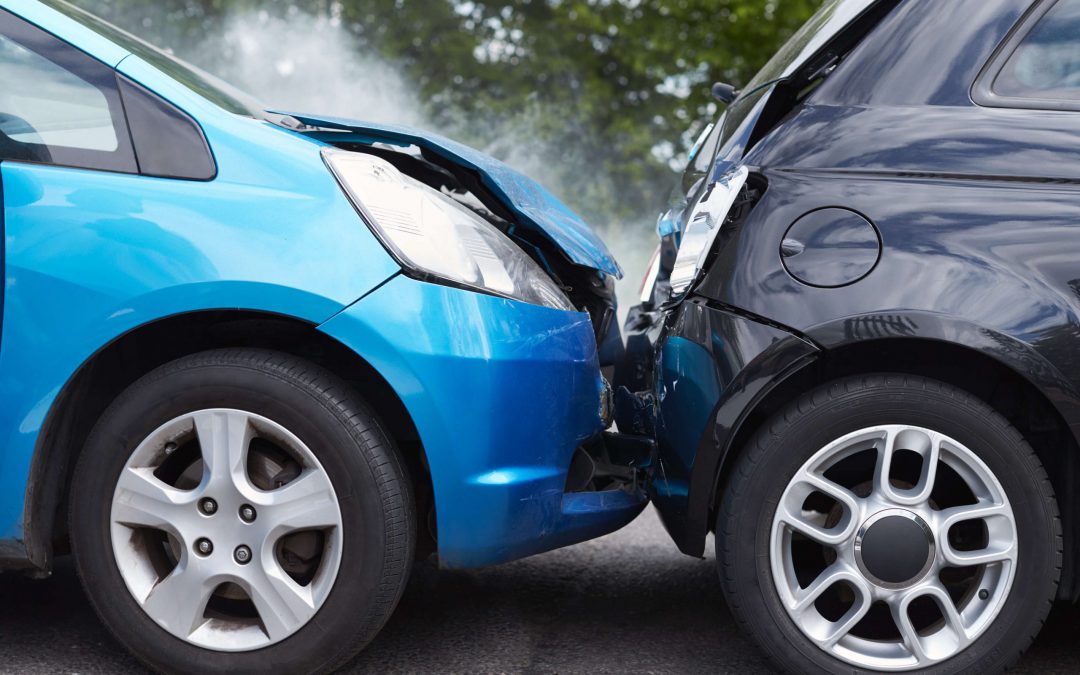Keeping drivers safe, saving money, and avoiding legal trouble. That’s the new playbook for fleet operators in Singapore. In 2025, speed limiter devices aren’t just a nice-to-have — they’re a strategic move.
Whether it’s a delivery van, construction truck, or school bus, more fleet managers are locking in speed control to protect their business and stay ahead of tightening rules.
✅Key Takeaway
Fleet operators in Singapore are turning to speed limiter devices in 2025 not just to tick a box, but to stay compliant with LTA rules, cut liability risks, reduce fuel costs, and protect lives.
These devices are becoming essential tools, combining legal safety nets with real-world savings. As regulations tighten and tech advances, installing a speed limiter isn’t just smart — it’s becoming standard.
1. Government Regulation: The Silent Hand Guiding Compliance
Speed limiters are no longer optional for many fleets. The Land Transport Authority (LTA) in Singapore has been increasing pressure on transport operators to meet road safety compliance standards, pushing many fleets to explore trusted local solutions like Resolute Dynamics’ offerings in Singapore. If your vehicles go above set speed thresholds, you’re not just risking safety — you’re breaking the law.
For example, regulations on heavy goods vehicles (HGVs) and buses now often include strict speed cap requirements. Fleet operators that ignore these changes can face heavy penalties, suspended licenses, or worse — legal liability in the event of a crash.
As part of certification, many vehicles now require proof of speed limiting systems installed and functional. That’s not just a checkbox; it’s a safeguard. Fleets that keep up with these standards don’t just survive inspections — they sleep better at night.
2. Corporate Liability & Insurance: Fleets Are Playing Defense

Speeding isn’t just a safety issue — it’s a legal and financial minefield. One wrong move by a fleet driver can spiral into a lawsuit that drains resources, damages your company’s image, and leaves you drowning in legal fees. For fleet managers, this risk isn’t theoretical. It’s a ticking clock.
When a commercial vehicle is involved in a crash — especially one that causes injury or death — the question lawyers always ask is: “Could this have been prevented?” If the answer is yes, and the company didn’t act, the fallout can be brutal.
This is where speed limiter devices enter the picture. They provide something money can’t buy after a crash: proof of preventive action.
Built-In Protection Against Negligence Claims
In legal terms, companies are expected to take reasonable precautions to prevent harm — that’s known as a duty of care. When your vehicles are equipped with a speed governor or digital speed control system, it shows you’ve taken that duty seriously.
Say a truck rear-ends a sedan on the expressway. If the vehicle was limited to 70 km/h, your company’s liability shifts. You can demonstrate that the vehicle could not physically exceed a safe speed. That puts a big dent in claims of recklessness or gross negligence.
Without that limiter, the burden of proof falls squarely on you. And in court, that’s a tough seat to sit in.
Insurance Companies Are Watching — Closely
Insurers don’t like surprises. They want predictability, and fleets with speed limiters offer exactly that. That’s why more commercial vehicle insurance policies in Singapore are starting to ask a simple question:
“Are your vehicles equipped with electronic speed control?”
Here’s what’s happening behind the scenes:
- Lower risk rating: Speed limiters reduce the likelihood of high-impact crashes.
- Premium incentives: Fleets that show compliance often qualify for discounted premiums or risk pool upgrades.
- Policy terms: Some insurers may soon make speed limiters a condition for issuing or renewing a policy, especially for high-capacity vehicles like buses, vans, or long-haul trucks.
And it’s not just about having the device. Insurers increasingly want tamper-proof systems, digital logs, and certified installation records — all of which can be tracked through modern fleet software.
Speed Limiters as Legal Witnesses
Think of speed limiter data as a black box for speed. In the event of an incident, these devices can log:
- Max speed reached before impact
- Acceleration and deceleration trends
- Engine status during the event
This data can be handed over to investigators or insurers as evidence of safe operation. It can also help you resolve disputes faster — saving legal fees and reducing downtime.
For example, if a claim alleges the driver was going 90 km/h in a 60 zone, but the limiter log shows a hard cap at 70 km/h, you’re no longer guessing. You have digital proof.
Small Investment, Massive Payoff
Most fleet operators are already spending thousands on insurance each year. The cost of installing a certified speed limiter, in comparison, is marginal — especially when weighed against a six-figure liability lawsuit or spiking premium.
It’s not just risk management. It’s business survival strategy.
3. Safety and Accident Reduction: Speeding Isn’t Worth the Risk

You don’t have to be a traffic cop to know that speed kills. Vehicles going 90 km/h don’t stop the same way ones going 60 km/h do. That extra distance makes all the difference — especially in Singapore’s dense traffic.
For fleets that carry people, like school buses or shuttle services, a small mistake at high speed can lead to tragedy. Speed limiter devices help keep every vehicle within safer limits — not because drivers can’t be trusted, but because humans make errors.
Less speeding also means fewer rear-end collisions, rollovers, and lane swerves — all of which cost time, money, and reputation.
In recent years, even public transport contractors have been pushed to adopt these systems as part of broader road safety audits.
4. Fuel Efficiency and Operational Costs: Slower = Smarter
There’s a sweet spot in vehicle speed where fuel consumption drops without hurting productivity. Most combustion engines burn fuel faster above 80 km/h. By capping top speeds, fleet managers see noticeable dips in their fuel expenditure within months.
But fuel isn’t the only thing saved. Tires last longer. Brake pads don’t wear out as fast. Transmission systems face less stress. In short, the whole vehicle health curve flattens out — meaning lower maintenance costs.
A typical mid-sized fleet can save thousands of dollars a year just from speed control alone. Add in lower idle times and less aggressive driving, and suddenly the ROI on a speed limiter device becomes hard to ignore.
5. Smart Integration with Fleet Tech: Limiters Are Getting Smarter
Speed limiters used to be basic devices. You plugged them in, set a max speed, and hoped for the best. Not anymore.
In 2025, modern speed limiting systems are deeply embedded in the vehicle’s electronic ecosystem — talking to GPS trackers, feeding data into fleet dashboards, and responding in real-time to road conditions. They’ve gone from simple control units to intelligent safety hubs.
Connected Vehicles Aren’t Just for Big Fleets Anymore
Smaller fleet operators used to think advanced tech was only for massive logistics companies. That’s no longer the case. Thanks to more affordable telematics solutions, even mid-sized operators can now install limiters that “talk” to other systems in the vehicle — and send that data back to base in real time.
We’re not just talking speed caps. We’re talking about systems that sync with:
- GPS location data
- Engine RPM (Revolutions Per Minute) regulators
- Electronic Control Units (ECUs)
- Driver behavior monitoring platforms
- Maintenance alert systems
In essence, every trip becomes a trackable event. Every hard throttle, every sharp turn, every attempted override — it’s all there in the logbook.
How Dual Speed Limiters Change the Game
Let’s say your delivery truck is driving through Orchard Road, then jumps onto the expressway. A standard limiter would stick to one fixed cap, maybe 60 km/h. That can slow things down on fast-moving highways.
But a Dual Speed Limiter, like the one developed by Resolute Dynamics, adapts based on the road type. It uses terrain-based mapping to adjust top speed — for example:
- City streets: 50–60 km/h
- Expressways: 70–80 km/h
This dynamic control improves fuel efficiency, reduces driver frustration, and keeps the vehicle within legal speed limits based on the current zone — all without manual input.
It’s like cruise control, but smarter — and far more secure.
Driver Accountability, Without Micromanaging
Let’s face it — you can’t sit in the passenger seat of every vehicle. But you also can’t afford to let drivers push boundaries. That’s where integration shines.
Modern fleet software paired with smart speed limiters gives you:
- Tamper alerts if a device is unplugged or disabled
- Driver-specific logs showing over-throttle attempts or harsh braking
- Live tracking dashboards that combine speed data with location
You’re not just watching. You’re understanding behavior — and creating better habits.
This leads to:
- Safer driving culture
- Targeted training for high-risk drivers
- Fewer incidents of route deviation or unauthorized detours
The Power of Predictive Insights
Here’s where things really get futuristic — but in a good way.
When speed limiter data is synced with predictive analytics tools, your fleet manager can see:
- Which vehicles are likely due for brake service (based on limiter strain)
- Which routes are leading to more harsh accelerations (hint: hills or traffic)
- Which drivers consistently flirt with the upper speed cap
This isn’t just data. It’s actionable intelligence — helping you plan maintenance, adjust routes, and even restructure delivery windows based on real-world performance trends.
You start making decisions based on facts, not assumptions.
Making Compliance Seamless
With this kind of tech stack, staying compliant with Singapore’s LTA regulations becomes a lot easier. You have clear digital records, printable logs, and automated notifications that keep you ahead of inspections.
And if you’re operating across different regions — say Singapore and Malaysia — systems can be geo-fenced to change limiter behavior automatically. That means no more manual switching or relying on drivers to adjust settings. The tech does it for you.
FAQs
Is a speed limiter required for all commercial vehicles in Singapore?
Not yet across the board, but LTA rules are expanding quickly, especially for logistics, school buses, and passenger transport sectors.
How much can a fleet save on fuel with speed limiters?
Savings vary, but many operators report 10–15% fuel efficiency improvements within months of installation.
Can drivers disable a speed limiter?
High-quality systems like those from Resolute Dynamics are tamper-resistant and send alerts if bypass is attempted.
What’s the difference between a single and dual speed limiter?
A dual system can adjust max speed based on road type or conditions, while a single system sets one fixed limit.
Is there GPS tracking included?
Some systems, especially from companies like Resolute Dynamics, include GPS integration or can connect to third-party trackers.
Final Word: Don’t Get Left Behind
In 2025, installing a speed limiter is less about following the trend — and more about avoiding tomorrow’s regrets. From protecting passengers to lowering fuel bills, the benefits stack up.
Fleet managers who move fast now will be ready when the next rule drops — or the next accident almost happens. And when regulators, insurers, and clients start asking for proof of safety, you’ll already have it wired into your fleet.
Better to be ahead by design than catch up by force.
